Today’s digital economy has flattened the globe and created new operational and competitive challenges never imagined in the pre-Internet economic world.
Today’s digital economy has flattened the globe and created new operational and competitive challenges never imagined in the pre-Internet economic world. Gartner predicts that by 2020 more than half of major new business processes will incorporate an element of IoT. The industrial revolution is now entering Industry 4.0 with big data analytics and Internet of Things (IoT) sensor networks bringing unprecedented amounts of data to business operations. A critical aspect in making Industry 4.0 and IoT for the supply chain a reality will be connecting the physical items flowing through your supply chain with digital applications. RAIN tags make it possible to track virtually everything in your warehouse, from car parts to cardboard boxes.
So… What Exactly is RAIN?
Most IoT schemes involve wired or battery-powered sensors and devices. These are acceptable for large value assets or fixed equipment, such as railroad cars or drill presses, but as you track individual items the need for inexpensive, battery-free tracking becomes essential. RAIN tags make this possible by integrating circuit and an antenna and attach to each item you want to track. Tags are often made out of paper, and cost pennies apiece. RAIN technology has already enabled wireless connectivity to tens of billions of items in the supply chain.
RAIN is an integral part of the IoT and a key enabler of Industry 4.0, providing real-time data that informs business decisions and improves operational efficiencies. It enables wireless connectivity to items (e.g., inventory goods, tools, assets, cases, and pallets) and delivers each item’s unique identity, location and authenticity to business applications.
